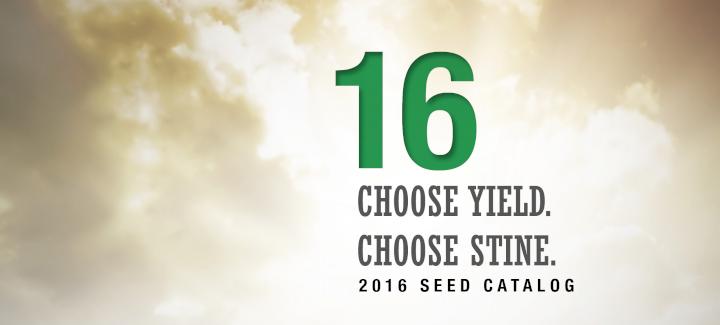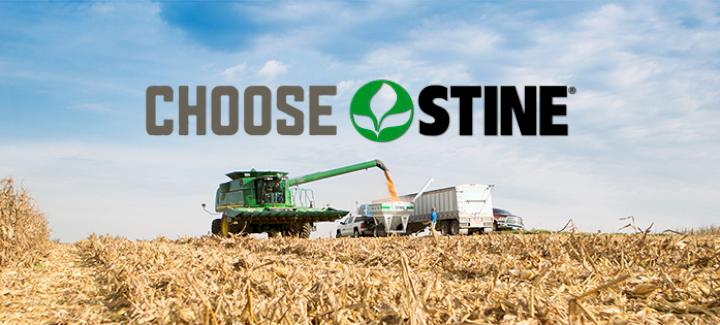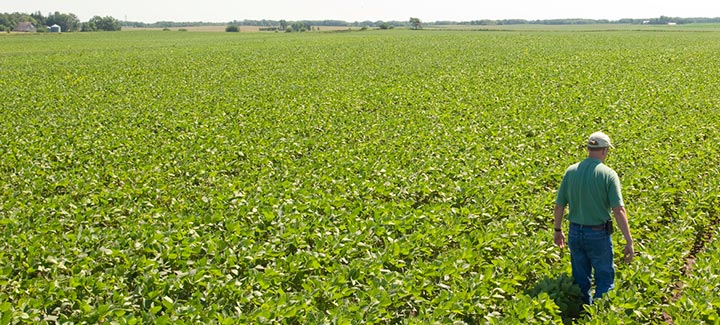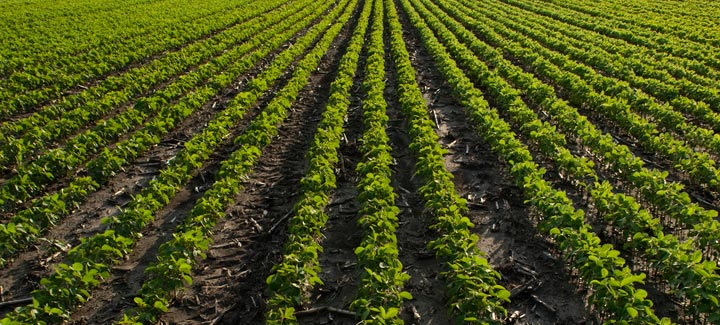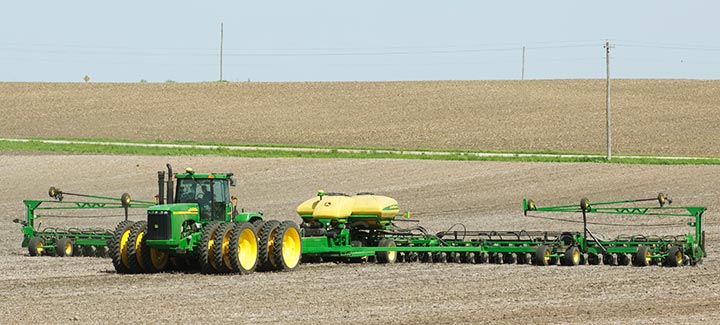Stine Seed Blog
Stine’s Ask the Agronomist blog is your source to the latest information from our expert team, including advice and insight on field practices, product recommendations, planting and harvest updates, new technologies, crop management, innovative research and information about how to keep your farm operation running smoothly year round.
-

Dwarf Corn Shows Promising Future
October 2015 in Agronomy
-

Harvesting Twin 20 Rows
October 2015 in Agronomy
-

Field Days
September 2015 in Agronomy
-

Harvest Prep 101: Scout for Corn Standability
September 2015 in Agronomy
-

Clay County Fair
September 2015 in Agronomy
-

Pigweed Problems This Year Indicate Bigger Problem Next Year
August 2015 in Agronomy
-

See What Stine Has in Store for 2016
August 2015 in Agronomy
-

Stine Seed Company Website Gets Mobile Friendly
July 2015 in General
-

Maximize Yield With Early Season Field Scouting
June 2015 in Agronomy
-

Make Way for Narrow-Row Soybeans
May 2015 in Agronomy
-

Don’t be Persuaded into Switching Maturities
May 2015 in Agronomy
-

Test Plots & Population Studies
April 2015 in Agronomy


